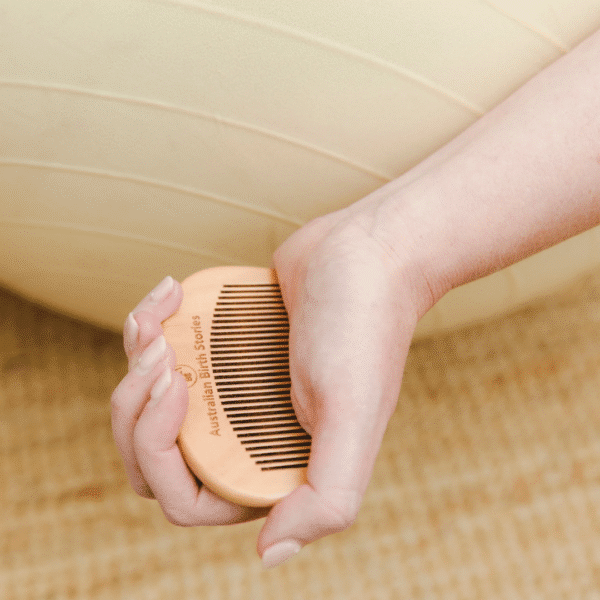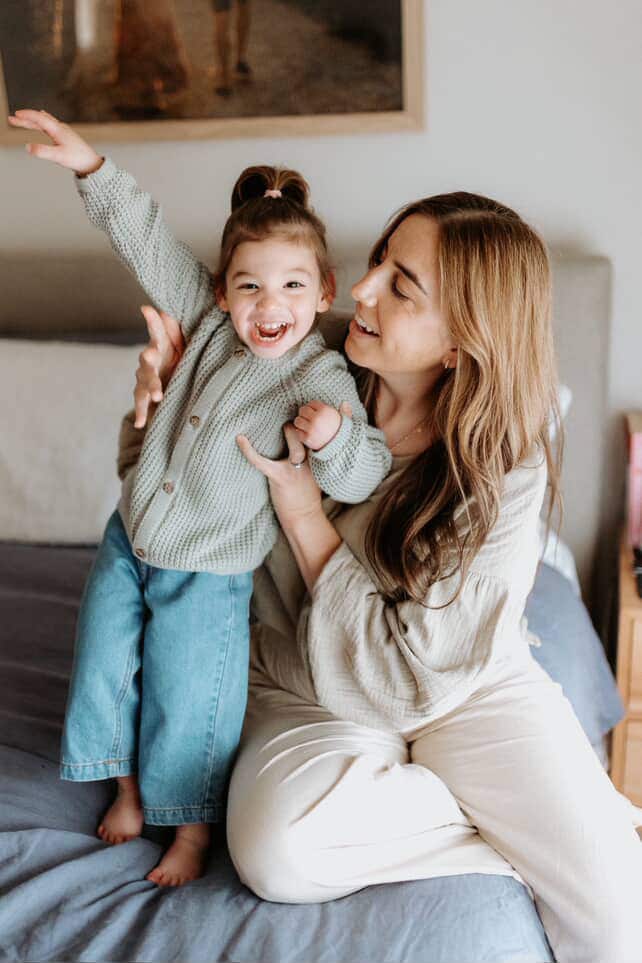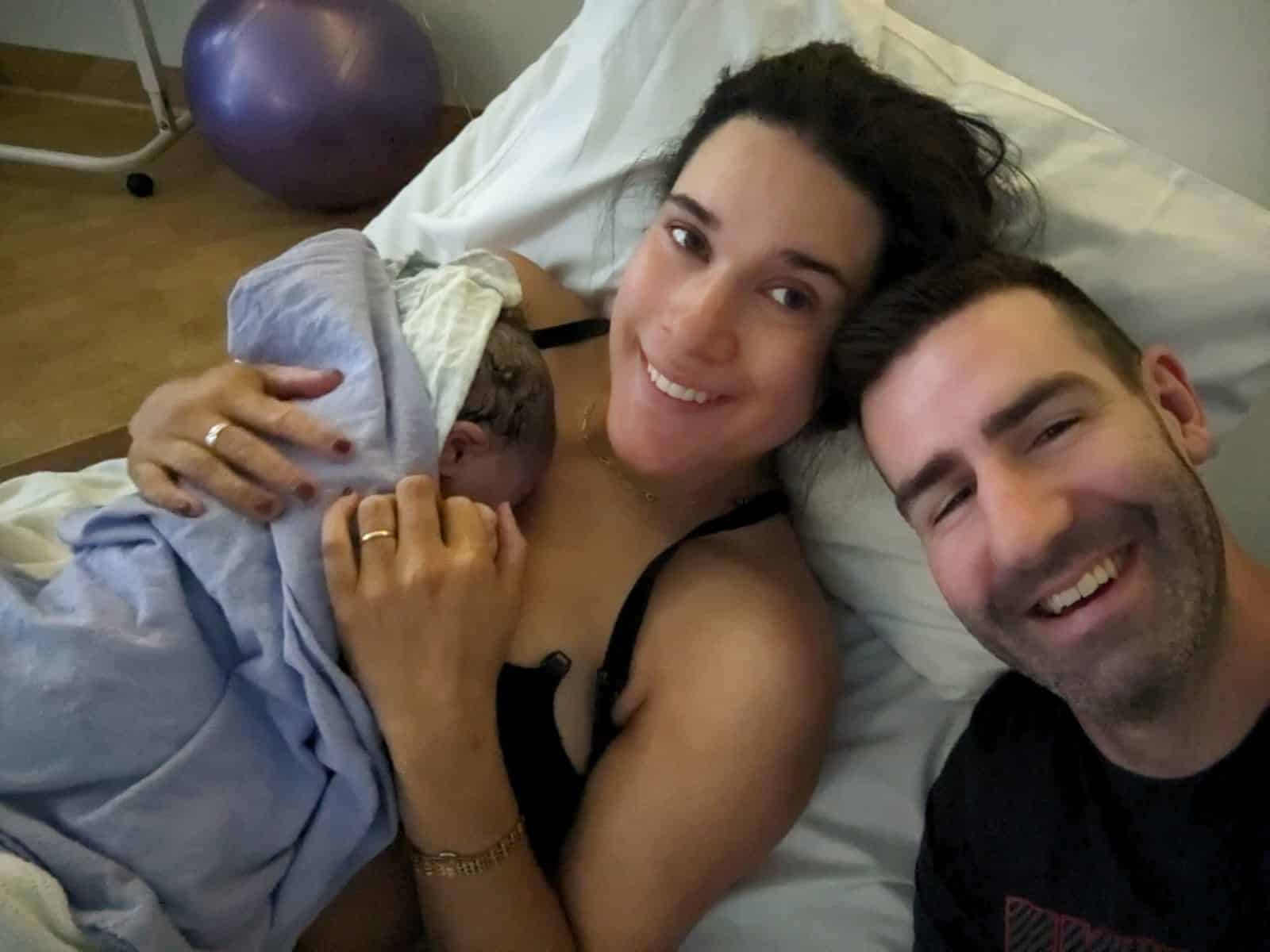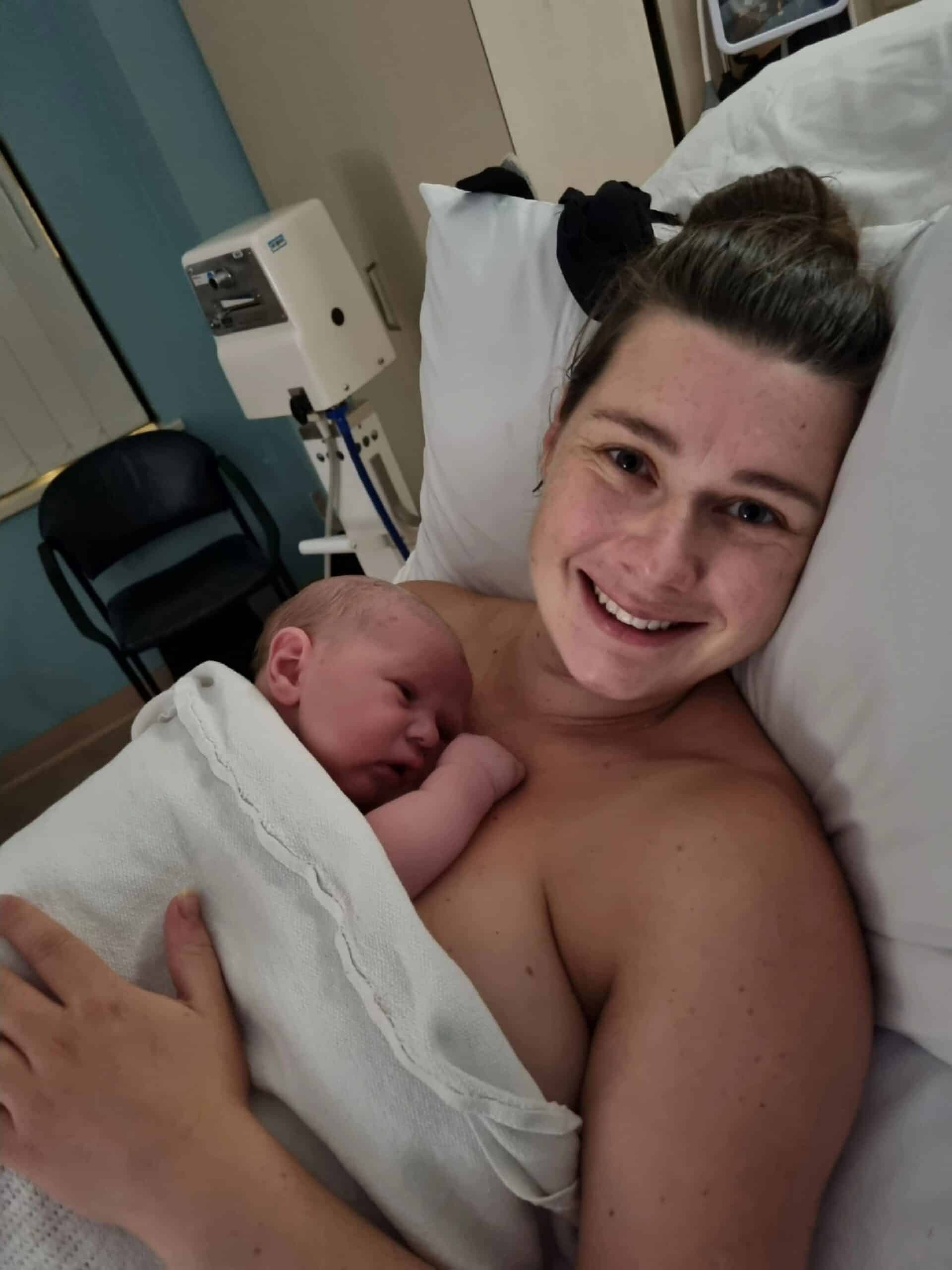Podcasts Isabelle
EPISODE 392
Isabelle

“We’d planned to start trying although we conceived much earlier. Before I met my husband I actually had Intrauterine Insemination (IUI) with donor sperm because I wasn’t sure if I was going to meet a partner. I’m very impatient and stubborn so I went ahead with IUI and two weeks after my failed first round I met my husband who asked if I would consider pausing the process. Cut to a while later and we had our first pregnancy and we went for a dating scan but there was nothing visible. A week later they still couldn’t see anything and that’s when they warned me that it may have been a miscarriage. I waited another two weeks and while I was in the ultrasound waiting room I started bleeding. I was utterly devastated; I really wanted that baby.
“We waited a while before trying again and when my pregnancy was confirmed we went for an early scan which showed two babies. Unfortunately I had vanishing twin syndrome which is pretty common; one baby didn’t make it and on the next scan it just showed one baby – no second sack, no nothing. I had an interesting time coming to terms with it because on one hand I was sad but I also knew that a singleton pregnancy was much less risky.
“I chose to have the same private obstetrician as my first pregnancy. I had a level of anxiety but I also enjoyed that experience more. I completely dropped my bundle when I was diagnosed with gestational diabetes (GD) and I started really questioning my body’s ability and starting thinking I was failing and that led into an increased level of anxiety. I was managing it with food for most of the pregnancy but towards the end of the pregnancy I was on a slow-release insulin overnight.
“I had a lot of monitoring because of GD, especially in the third trimester. I was always going to have an elective caesarean so that was booked for 38+2. Roy had low blood sugar when he was born so he had colostrum and formula to help his blood sugars but he was never taken to special care. Breastfeeding was a huge issue for me but I felt very strongly that it was something I wanted to do. I really had to fight; my milk didn’t come in, I ended up on motilium, I had consultations with about five lactation consultants. My milk ended up coming in and I ended up feeding him for eight months.
“We married in September and I was pregnant by late October. I didn’t have any anxiety; I really felt that I’d got my losses out of the way. I started bleeding and that led into five straight losses across 18-months. It was unbelievable how easily I got pregnant; three of my losses were back to back with no period in between. Some of my memories are really hazy because of my trauma so I went back through my medical records when I was writing the book. In the fifth pregnancy, there was so much praying and I didn’t bleed; I got to week 10 or 11 and there was a heartbeat. I was having weekly scans at that point because I was mentally unstable; I was emotional and anxious. Two weeks later I had my NIPT test and it came back as high risk for Downs Syndrome. From there I had to wait ten days till I could get a CVS which is less risky than an amniocentesis – a test for chromosomal abnormality. An NIPT isn’t diagnostic, it’s just an indication. I walked in and the doctor did a scan and he put the ultrasound stick down and said I didn’t have to do the CVS if I didn’t want to because he could tell that the baby had Downs Syndrome but also that it wasn’t viable because he could see fluid which meant the organs had started to break down. I opted for a termination for medical reasons (TFMR) and if there’s silence around miscarriage then there’s a three metre wall thick silence around TFMR.
“The next pregnancy went to nine or ten weeks and then I started bleeding. For me, I could see this baby in my mind’s eye and if I didn’t keep going I would have been wondering what if? My obstetrician was very much a fan of giving me all the information but the decision was all mine. I kept being told it was bad luck and in hindsight…there’s this thing called an overly receptive uterus where I don’t have quality control as such so I implanted any fertilised egg and they didn’t work out.
“There’s so many gaps in care and that is why I decided to write Hard to Bear. No one was talking about the silence, why we have it if it hasn’t always been like this. I was interested in the why and how because I don’t believe we can dismantle the silence if we don’t fully understand it. The difference with me is that my partner and I had a living baby so there were a lot of factors that can be excluded. The support dissipated as my losses increased so I disappeared into support groups on facebook. I did Chinese medicine and acupuncture, not because I thought it would change the outcome, but because it made me feel focussed and like I was doing something.
“I went to an IVF clinic and was given all the supplements and then I fell pregnant. I went back to my obstetrician and she called me when I was at work and she told me the NIPT was clear and she told me it was a girl. I remember whispering: I think this is it, I think this is going to be my girl. Even though I was happy and relieved, there was no part of me that relaxed into it. All my symptoms were much worse in this pregnancy; I had almost full hip dysplasia, my GD started really early and I was on insulin and I worked really hard to be healthy even though walking was hard because I was on crutches.
“I had another planned caesarean and I felt this sense of wanting it so badly – the pregnancy – that I couldn’t enjoy it. I was lying in the operating theatre and there were tears running down my cheeks…when Roxy was born everyone in the room was crying.”

Topics Discussed
GD, Miscarriage, NIPT, Planned caesarean, Private obstetrician, TFMR, Two Babies
Episode Sponsor
Today’s show is brought to you by Kiwi Co.
I have to confess, I’m not much of a crafty mum, and if your daily routine involves taking care of a little one or two or three, in my case, why not switch things up with a Panda Crate Box from Kiwi Co.
Panda Crate is a subscription box filled with playful open-ended activities backed by research and designed especially for naturally curious and creative babies and toddlers with a Panda Crate subscription from Kiwi Co.
Your baby receives a new crate filled with two months worth of products and content every other month, whether you have a brand new baby or a trailblazing toddler, the Panda Crate is perfect for your little ones developing brain.
Build a foundation for early learning this new year with Panda Crate from Kiwi Co.
Get 50% off your first month with the code ‘Birth Stories’
Categories
Related Products
-
Birth Combs: Harness Your Body’s Natural Pain Relief
$24.95Crafted from smooth, natural wood, our birth combs activate specific pressure points in your hands that trigger your body’s innate pain-relieving responses.
Join the conversation
Sign up to get the latest updates, freebies, podcast releases straight into your inbox
@AustralianBirthStories
Follow along with us
@AustralianBirthStories
Follow along with us
@AustralianBirthStories
Follow along with us
@AustralianBirthStories
Follow along with us
@AustralianBirthStories
Follow along with us
@AustralianBirthStories
Follow along with us
@AustralianBirthStories
Follow along with us
@AustralianBirthStories
Follow along with us
@AustralianBirthStories
Follow along with us
@AustralianBirthStories
Follow along with us
@AustralianBirthStories
Follow along with us
@AustralianBirthStories
Follow along with us






